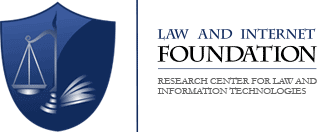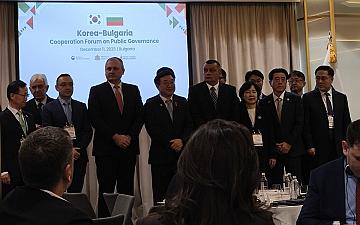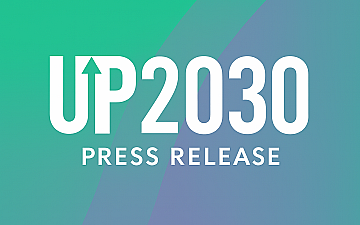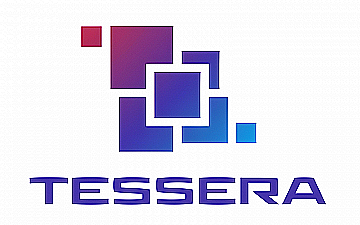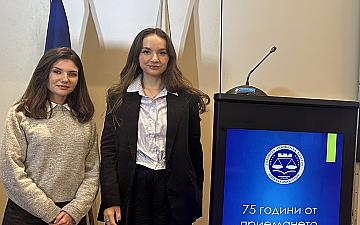The 2015-2016 refugee crisis certainly posed multifaceted challenges for a largely unprepared European Union. This has consequently resulted in overburdened asylum systems, human rights violations and heightened political tensions. It is precisely against this backdrop that the new Pact on Migration and Asylum was introduced earlier this year, which the President of the EC, Ursula von der Leyen, called a “fresh start” during its introduction[1] - envisaged to set the tone for a more unified approach and improved cooperation between the EU Member States in regard to migration management challenges. The Pact embraces the notions of proportionate responsibility and solidarity among Members as crucial for a successful common policy on migrant integration, asylum procedures and border management.
The Pact builds on the 2016 proposals for reform through which the European Commission had set its goal to improve the Common European Asylum System, which include the EU Asylum Agency Regulation, the Reception Conditions Directive, the Qualification Directive, the Union Resettlement Framework and the Return Directive (proposed for reform in 2018). The Pact also contains new proposals, such as a replacement of the Dublin Regulation by a new Asylum and Migration Management Regulation; a Screening Regulation will also provide for a pre-entry screening of third country nationals at the external border not fulfilling the entry conditions[3]; a Crisis and Force Majeure Regulation sets up a crisis instrument, compulsory solidarity mechanism, as well as provisions for granting immediate protection during crisis situations[4]; common asylum and return procedures are to be established through a revised Asylum Procedures Regulation; a revised Eurodac Regulation also envisages an expanded Eurodac database which operates “within the interoperability framework between EU information systems”[5].
The Pact launches a faster and more efficient process for asylum application, while striving to adhere to the principle of non-refoulment and respect for fundamental human rights. An independent monitoring mechanism that will ensure that such rights are taken into consideration, is also to be put in place, with the assistance of the Fundamental Rights Agency. Better protection for migrant children is to be provided, with the Pact ensuring faster family reunification and exclusion of unaccompanied children and children under 12, and their families, from the border procedure. Other vulnerable individuals are also exempt in situations where specific guarantees, pertinent to their needs, are not ensured. Further strengthening EU-international partnerships and bolstering the governance and interoperability of IT systems is yet one more objective of the Pact, as well as the setting up of an expert group which will take the views of migrants on EU migration policies.
The new Pact on Migration and Asylum is not without its critics - he Human Rights Watch, together with multiple other signatories, for example, has issued a statement delineating the perceived shortcomings and gives recommendations for the road ahead.[6] Some of the criticisms include the disproportionate emphasis on return and detention, risks of human rights violations and the inefficiency of current search and rescue. The statement instead proposes uncomplicated asylum procedures, stronger safeguards for human rights compliance, an EU-managed Search and Rescue Operation in the Mediterranean Sea and incentivizing integration through the EU Action Plan on Integration and Inclusion 2021-2024, expected to be available in December 2020.
[1] European Commission, ‘A fresh start on migration: Building confidence and striking a new balance between responsibility and solidarity’, 23 September 2020. Available at: https://ec.europa.eu/commission/presscorner/detail/en/ip_20_1706.
European Commission, ‘New Pact on Migration and Asylum: Questions and Answers’, 23 September 2020. Available at: https://ec.europa.eu/commission/presscorner/detail/en/qanda_20_1707.
[3] Proposal for a REGULATION OF THE EUROPEAN PARLIAMENT AND OF THE COUNCIL, introducing a screening of third country nationals at the external borders and amending Regulations (EC) No 767/2008, (EU) 2017/2226, (EU) 2018/1240 and (EU) 2019/817, 2020/0278 (COD).
[4] Proposal for a REGULATION OF THE EUROPEAN PARLIAMENT AND OF THE COUNCIL, addressing situations of crisis and force majeure in the field of migration and asylum, 2020/0277 (COD).
[5] Amended Proposal for a REGULATION OF THE EUROPEAN PARLIAMENT AND OF THE COUNCIL, on the establishment of 'Eurodac' for the comparison of biometric data for the effective application of Regulation (EU) XXX/XXX [Regulation on Asylum and Migration Management] and of Regulation (EU) XXX/XXX [Resettlement Regulation], for identifying an illegally staying third-country national or stateless person and on requests for the comparison with Eurodac data by Member States' law enforcement authorities and Europol for law enforcement purposes and amending Regulations (EU) 2018/1240 and (EU) 2019/818, 2016/0132 (COD).
[6] Human Rights Watch, ‘The Pact on Migration and Asylum: To provide a fresh start and avoid past mistakes, risky elements need to be addressed and positive aspects need to be expanded’, 08 October 2020. Available at: https://www.hrw.org/news/2020/10/08/pact-migration-and-asylum.
